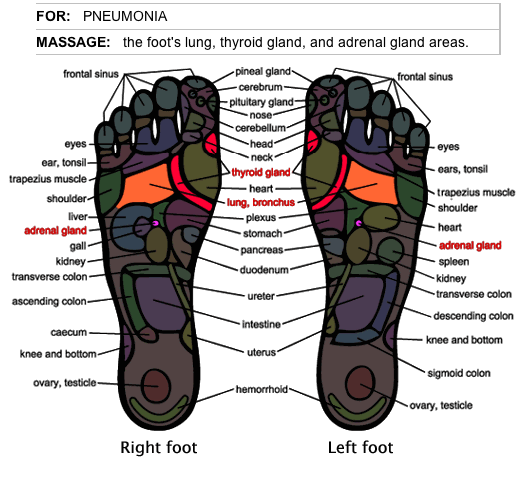Erectile dysfunction (ED) is a prevalent condition that affects a significant number of men worldwide. While seeking medical attention is crucial, complementary therapies like massage can provide additional support. In this article, we will explore some valuable massage techniques that can help alleviate the symptoms of erectile dysfunction and promote overall sexual well-being.

1. Pelvic Floor Massage:
The pelvic floor muscles play a significant role in erectile function. Start by locating these muscles, which surround the base of the penis and the anus. Gently massage the area using circular motions to release any tension and improve blood circulation.
2. Testicle Massage:
Massaging the testicles aids in promoting healthy blood flow and supporting testosterone production. Using your fingertips, gently massage each testicle in a circular motion. Be cautious not to apply excessive pressure as the testicles are a sensitive area.
3. Lower Back Massage:
The lower back is home to many pressure points that can positively influence sexual health. With your hands, apply firm pressure to the lower back area, slowly moving in circular motions. This massage technique helps relieve stress, tension, and promotes relaxation.
4. Abdominal Massage:
Massaging the abdomen stimulates blood flow to the pelvic area, enhancing sexual function. Using gentle strokes, massage the lower abdomen in a clockwise direction. Gradually increase the pressure while maintaining a comfortable level.
5. Thigh Massage:
The inner thigh area houses numerous pressure points connected to sexual stimulation and erectile function. Massage this area gently using your fingertips or palm, using long strokes from the knee towards the pelvic region for enhanced blood circulation.
6. Reflexology:
Reflexology targets specific points on the feet and hands that correspond to different parts of the body, including the genitals. Seek the assistance of a professional reflexologist to receive a specialized treatment tailored to your needs.
Remember, these massage techniques should be performed with care and sensitivity. It is crucial to establish open communication with your partner throughout the process to ensure comfort and enjoyment.
Conclusion:
Massage therapy offers a valuable avenue for improving blood circulation, reducing stress, and promoting relaxation, all of which are vital in managing erectile dysfunction. While these techniques can be beneficial, it is important to address any underlying medical conditions or consult a healthcare professional for a comprehensive approach to your sexual health.
Incorporate these helpful massage techniques into your routine and discover the potential benefits they can bring towards rejuvenating your sexual well-being. Seek guidance from a qualified therapist if needed, and remember that maintaining a positive mindset and open communication with your partner are integral to addressing and overcoming erectile dysfunction.
Related FAQs about how to massage for erectile dysfunction
What is erectile dysfunction?
Erectile dysfunction is a condition characterized by the inability to achieve or maintain an erection sufficient for sexual intercourse.
Can massage therapy help treat erectile dysfunction?
While massage therapy cannot cure erectile dysfunction, it can help improve blood circulation, reduce stress, and promote relaxation, which may have a positive impact on erectile function.
Are there specific massage techniques for erectile dysfunction?
Yes, several massage techniques can be beneficial for erectile dysfunction, such as pelvic floor massage, testicle massage, lower back massage, abdominal massage, thigh massage, and reflexology.
Is it safe to perform massage for erectile dysfunction at home?
Performing massage for erectile dysfunction at home is generally safe, but it's essential to use gentle pressure and avoid any discomfort. If you have any underlying medical conditions, it's advisable to consult a healthcare professional before attempting these techniques.
Can massage therapy be used alongside other treatments for erectile dysfunction?
Absolutely. Massage therapy can be a complementary treatment alongside other approaches for erectile dysfunction, such as medications, lifestyle changes, and counseling. It's recommended to discuss it with your healthcare provider to create a comprehensive treatment plan.
Glossary about how to massage for erectile dysfunction
1. Erectile Dysfunction (ED): Erectile dysfunction, also known as ED or impotence, is the inability to maintain an erection firm enough for sexual intercourse.
2. Pelvic Floor Muscles: The pelvic floor muscles are a group of muscles that support the pelvic organs, including the bladder, rectum, and in men, the prostate and penis.
3. Testicles: The testicles, also known as testes, are the male reproductive organs responsible for producing sperm and testosterone.
4. Lower Back: The lower back, or lumbar region, refers to the area of the back located below the ribcage and above the pelvis.
5. Abdomen: The abdomen, commonly known as the belly, is the region of the body between the chest and pelvis, containing various organs including the intestines, stomach, and liver.
6. Thigh: The thigh is the part of the leg located between the hip and the knee.
7. Reflexology: Reflexology is an alternative medicine practice that involves applying pressure to specific points on the feet, hands, or ears, which are believed to correspond to different organs and systems in the body.
8. Stress: Stress refers to the body's response to mental, emotional, or physical pressure, often resulting in feelings of tension, anxiety, and discomfort.
9. Tension: Tension refers to the feeling of tightness, strain, or pressure within the muscles and tissues of the body, often caused by stress or physical exertion.
10. Blood Circulation: Blood circulation refers to the continuous flow of blood throughout the body, delivering oxygen and nutrients to organs and tissues while removing waste products.
